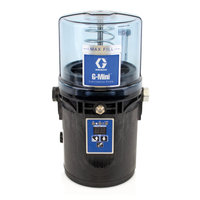UNDERSTANDING LUBRICATION BASICS AND OVERVIEW OF AUTOMATIC LUBRICATION
Discover What Components Make Up A Typical Automatic Lubrication System
Lubrication is critical in ensuring equipment keeps moving and your operating costs are reduced. Without proper lubrication your equipment can suffer from downtime and reduced life, which impacts your company’s bottom line. Automatic lubrication could be the answer.
Why Auto Lubrication?
Automatic lubrication systems provide consistent lubrication on a more frequent basis. Too little or too much lubricant will result in friction and heat, creating drag on the bearing and damaging the bearing’s seals. Furthermore, the best time to lubricate a bearing is while equipment is moving. This causes an unsafe and almost impossible task for equipment operators. Automatic lubrication provides a safer method of supplying the precise amount of lubrication to bearings, bushings and other lubrication points when it’s needed.
Basic Components Of Automatic Lubrication Systems
The basic components of an automatic lubrication system are a metering device, pump, controller, tubing/hose, and fittings to connect to the lubrication points. Many accessories are also available to enhance or complement the operation of a system. Graco offers complete automatic lubrication systems for several industries, including in-plant industrial manufacturing, mining, construction (heavy equipment), food and beverage, energy and on-road mobile applications.
Metering Device
At the heart of every automatic lubrication system is a metering device. People often ask why they can’t just put a tee in the line to serve two points. The fluid in such a system would take the path of least resistance, leading it to only one of the points. To prevent fluid from taking the path of least resistance we use metering devices.
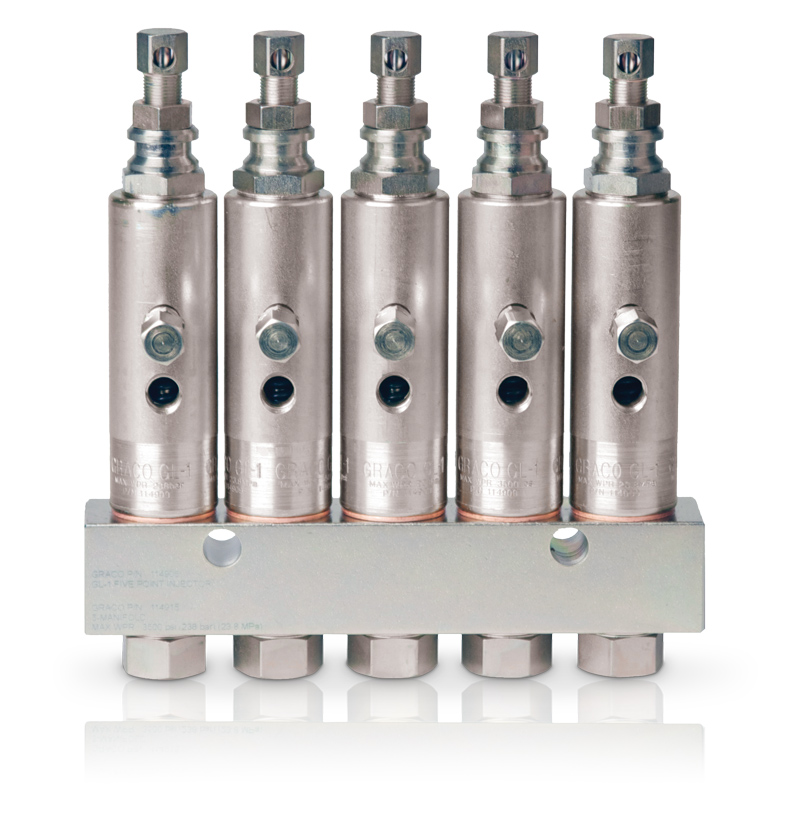
Figure 1: GL-1 Series Injectors Shown
Pump
The pump provides flow of oil or grease under pressure to actuate the metering device(s). Various pumps offer a variety of flow rates and pressure ranges – and compatibility with various power sources – so the selection of the pump will be based on the needs of the system and what power sources are available. Pumps used with injectors must also include a vent valve so the injectors can reset. Some pumps are also meters, such as the piston pumps used in a box lubricator, but most of the time the pump is a separate unit.
Controller
A controller runs a schedule or program to dispense lubrication on a regular basis. Some pumps have a built-in controller, but many systems use a controller that is separate from the pump. Because the controllers are programmable, they are very versatile and therefore a few controllers can cover a broad range of applications. Some things to consider are the voltage available and the sensors used in the application. The controller needs to have inputs for the sensors that will be connected to it.
Tubing and Fittings
The correct tubing must be used when selecting system components because it needs to be strong enough to handle the pressure developed in the system, and it needs to be of sufficient diameter to allow the grease or oil to flow through it without creating excessive pressure. If the tubing is too weak it could burst and make a mess; or worse, it could injure someone. If the tubing is too narrow the system may not function at all because the pressure required to move the fluid through the tubing could be too high. Therefore, it is important to understand the needs of the application when selecting the tubing or hoses for the system.
Optional Parts
A wide variety of optional components are available for each system. Here are just a few examples:
- Sensors to detect cycle or pressure
- Filters for oil or grease and for air
- Stroke sensor for machine count
- Check valves
While a lubrication system may seem complicated at first glance, when broken down into its basic components, it is actually fairly simple. Understanding these components will make it easier to design and order parts for a system, as well as troubleshoot and repair an existing system.
Graco and our network of authorized distributors can help you design and specify the right system for your application.
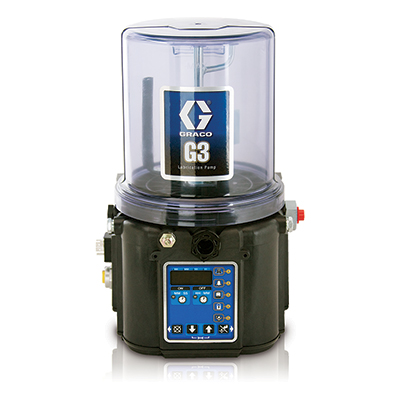
Figure 2: G3 Max Automatic Lubrication Pump Shown
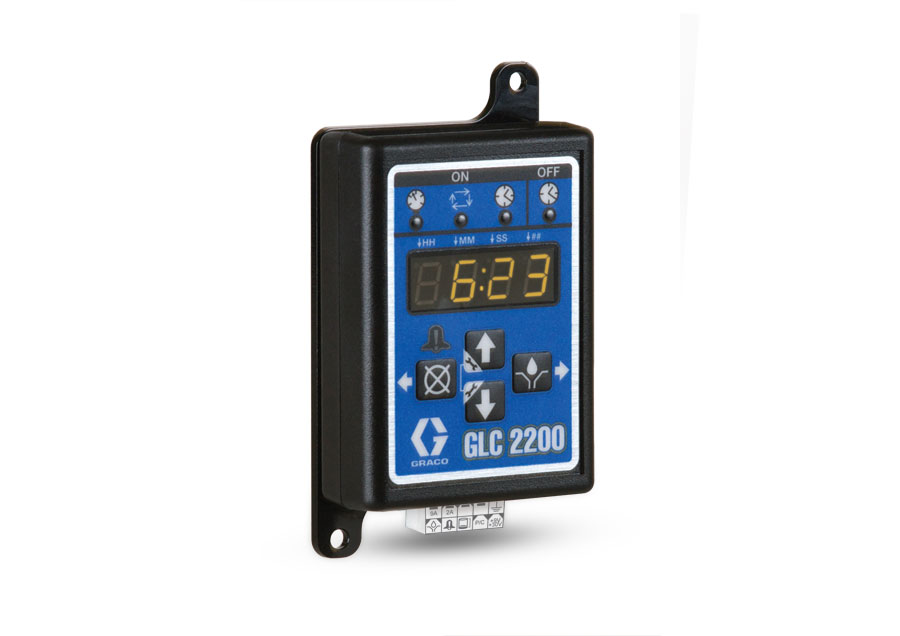
Figure 3: GLC 2200 Lubrication Controller
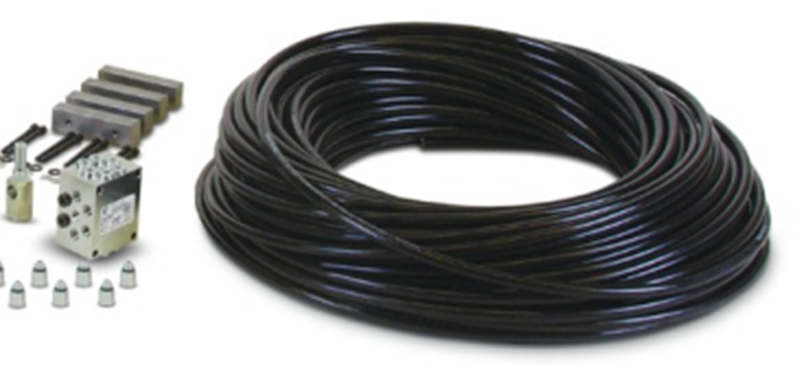
Figure 4: Auto Lubrication Hose and Fittings
Related Articles
5 Reasons Why You Need Automatic Lubrication
Protect your equipment and your employees by utilizing automatic lubrication to grease critical lube points.
Keep Your Fleet On The Road - And Out Of The Workshop
Read about the harmful effects of over-greasing in lorry maintenance and hear why Graco fleet lubrication solutions can improve overall efficiency.
Effects of Lubricant Contamination
Discover how to avoid lubrication contamination from causing a major disruption in your operation.









